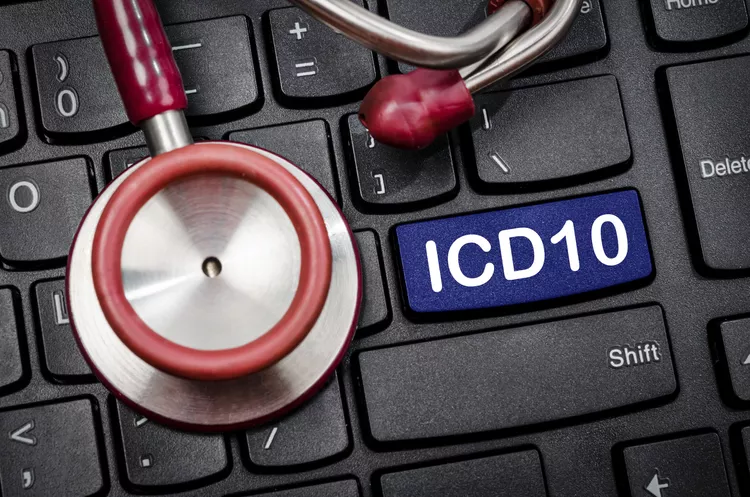The International Classification of Diseases, 10th Revision (ICD-10) codes are a standardized system used for classifying and coding diseases, symptoms, abnormal findings, complaints, social circumstances, and external causes of injury or disease. These codes play a crucial role in the healthcare industry, facilitating accurate documentation, communication, and statistical analysis.
ICD-10 codes are alphanumeric codes that provide detailed descriptions of various health conditions. For example, a specific code might represent a particular type of cancer, a heart disease, or a mental health disorder. Each code is made up of letters and numbers that are organized in a hierarchical structure. The codes are grouped into chapters based on the body system or type of condition being classified.
One of the main purposes of ICD-10 codes is to ensure consistent and accurate reporting of diseases and health conditions. When a healthcare provider diagnoses a patient, they assign the appropriate ICD-10 code to document the condition. This code is then used for various purposes, such as billing, medical record keeping, research, and public health surveillance.
For instance, in a hospital setting, ICD-10 codes are used to record a patient’s diagnosis on their medical chart. This information is then used for billing purposes to ensure that the correct services are reimbursed by insurance companies or other payers. Additionally, these codes are used to track the prevalence of different diseases within a population, which can help public health officials identify trends and allocate resources effectively.
ICD-10 codes also help in communication between healthcare providers. When a patient is transferred from one facility to another or when different specialists are involved in a patient’s care, the use of standardized codes ensures that everyone is on the same page regarding the patient’s condition. This can lead to more coordinated and effective treatment.
Moreover, ICD-10 codes are essential for research purposes. By analyzing large datasets of coded diagnoses, researchers can study the incidence, prevalence, and outcomes of different diseases. This can lead to the development of new treatments, prevention strategies, and public health interventions.
The transition from the previous version of ICD (ICD-9) to ICD-10 brought significant improvements. ICD-10 codes are more detailed and specific, allowing for a more accurate description of health conditions. They also include more codes for emerging diseases and new medical technologies.
However, the implementation of ICD-10 codes also presented challenges. Healthcare providers had to learn and adapt to the new coding system, which required training and investment in updated software and documentation tools. There were also concerns about potential coding errors and disruptions in billing and reimbursement processes.
In conclusion, ICD-10 codes are a vital tool in the healthcare industry. They provide a standardized way of classifying and coding diseases and health conditions, facilitating accurate documentation, communication, billing, research, and public health surveillance. While the implementation of ICD-10 codes may have presented challenges initially, their benefits in terms of improved accuracy and consistency in healthcare reporting are undeniable.

